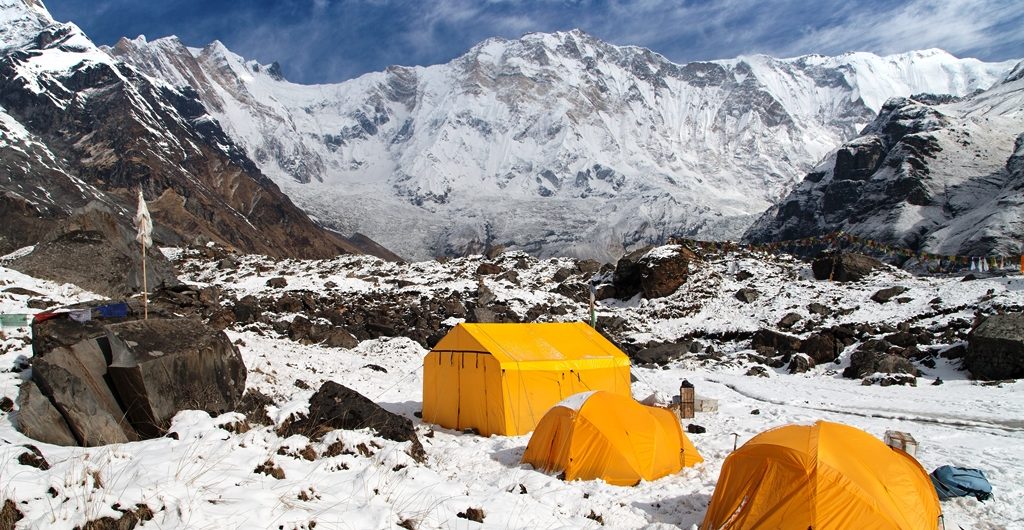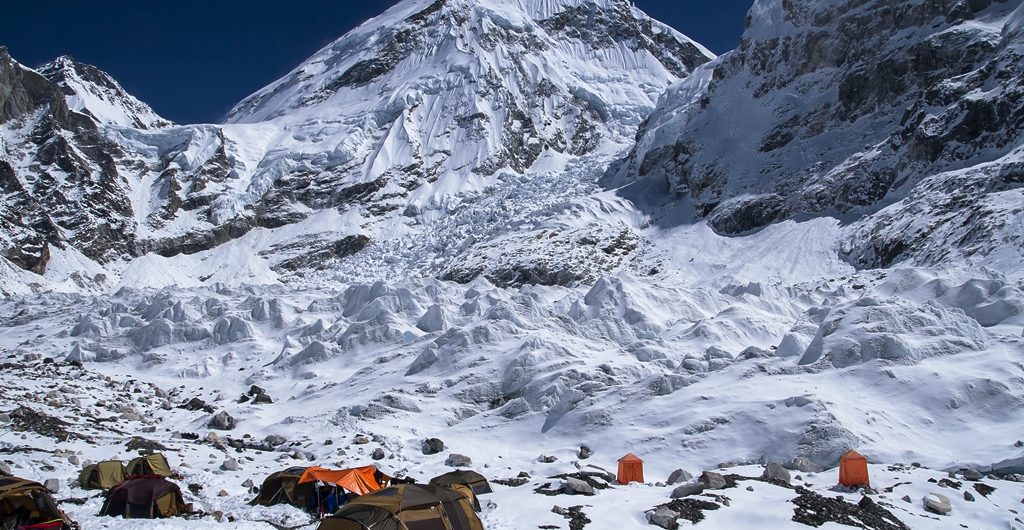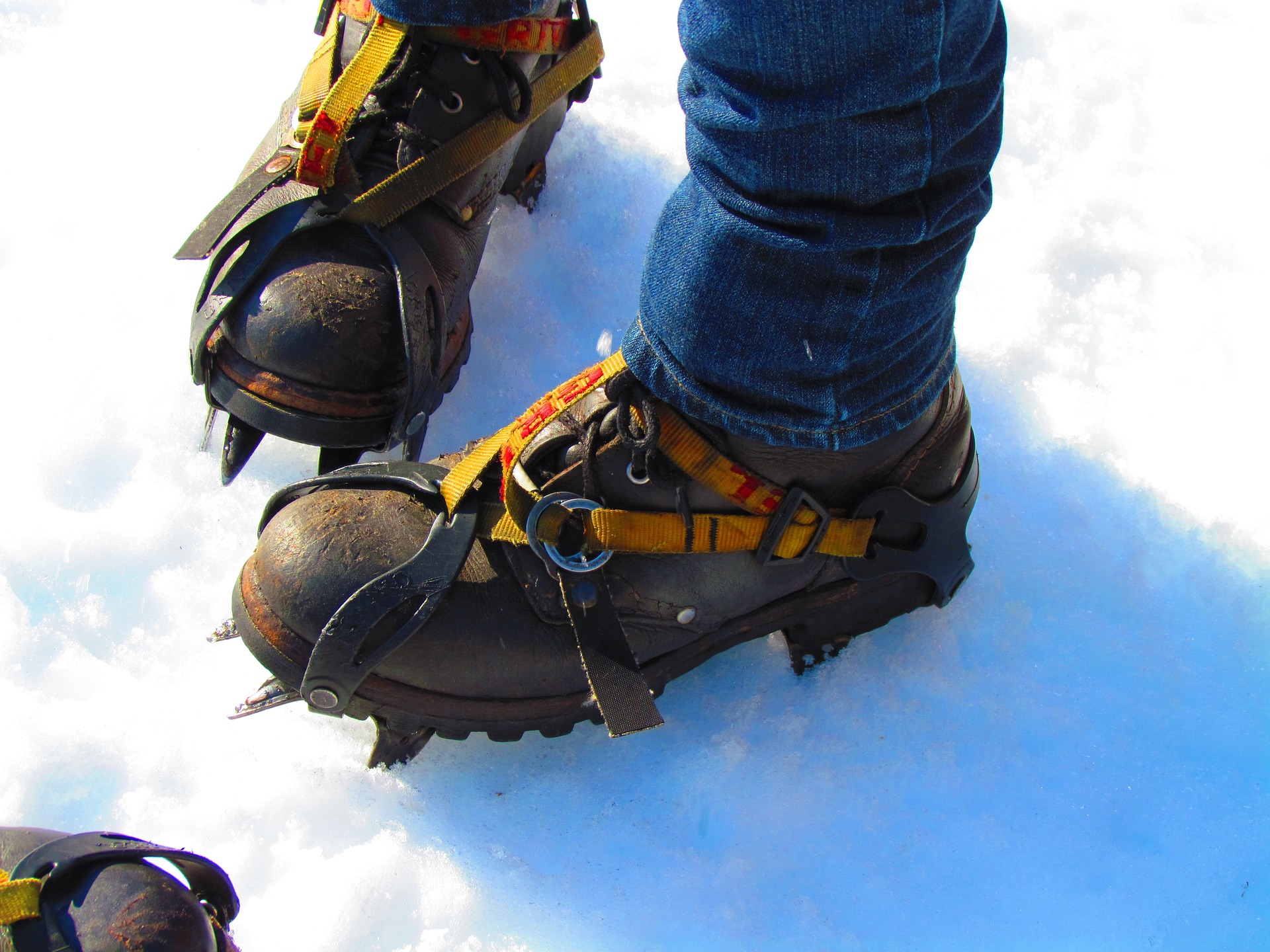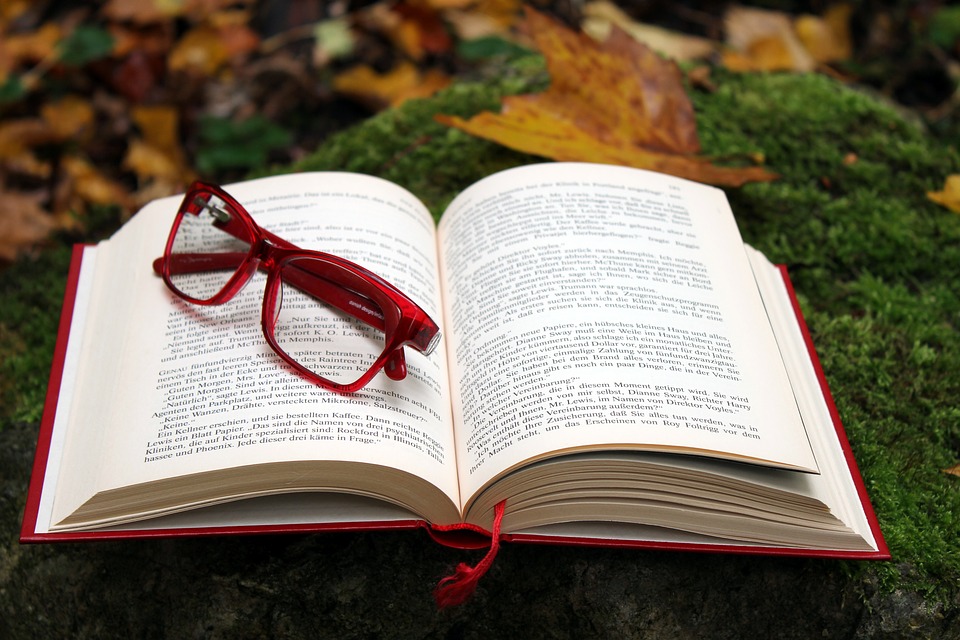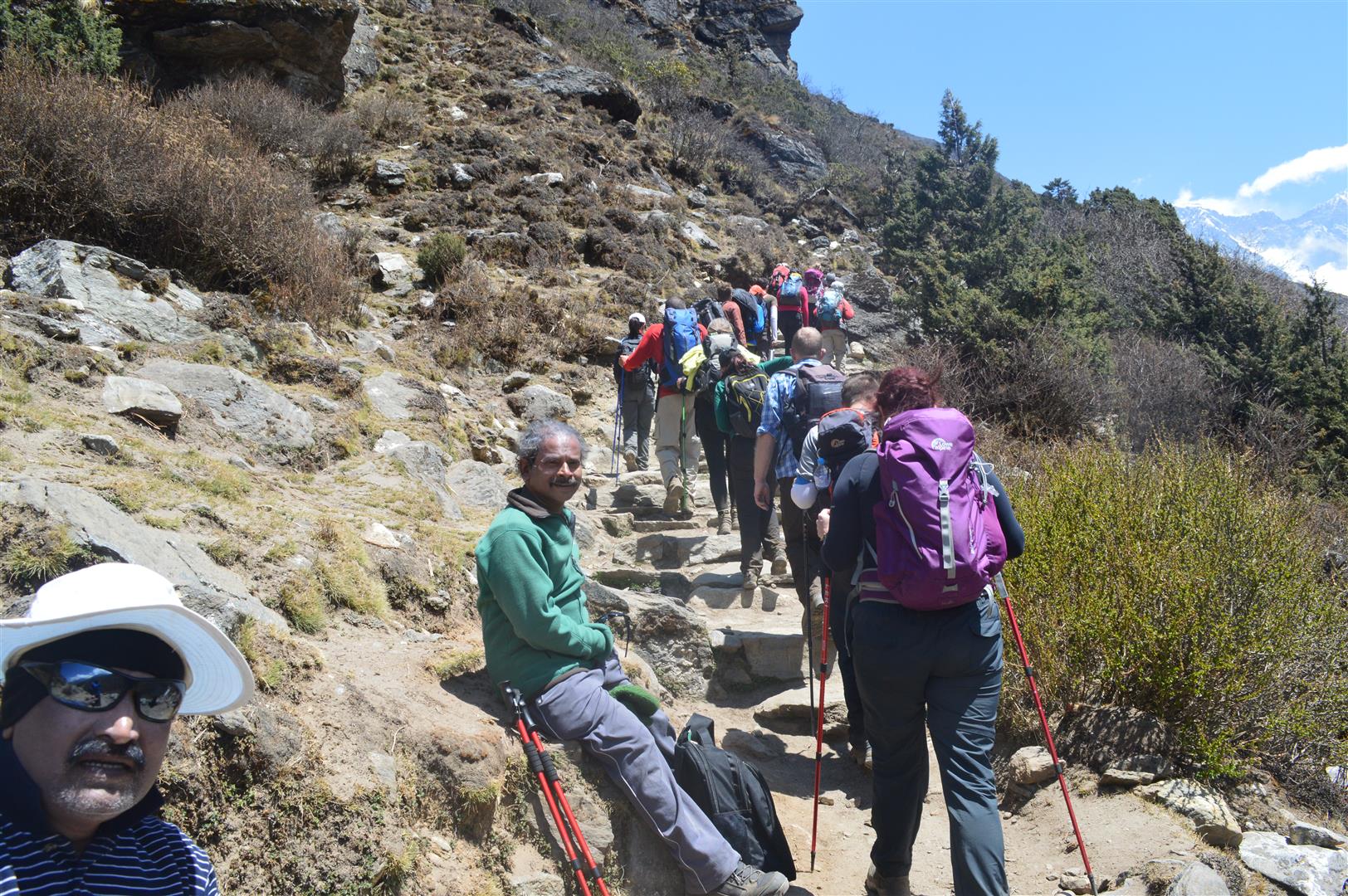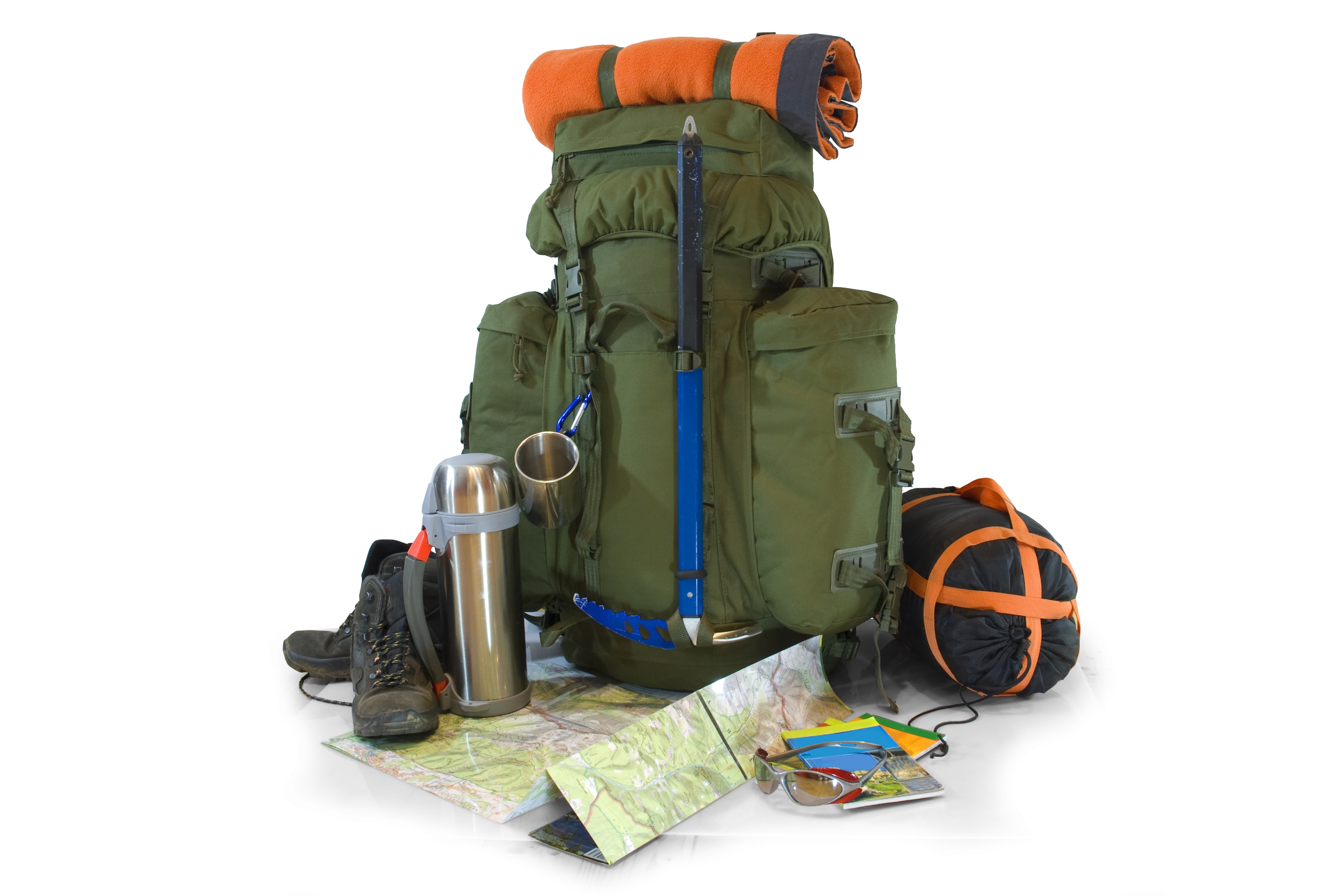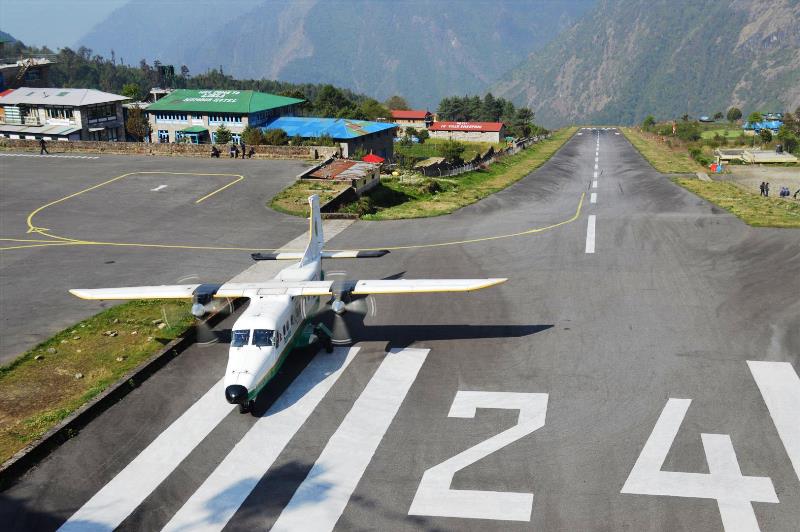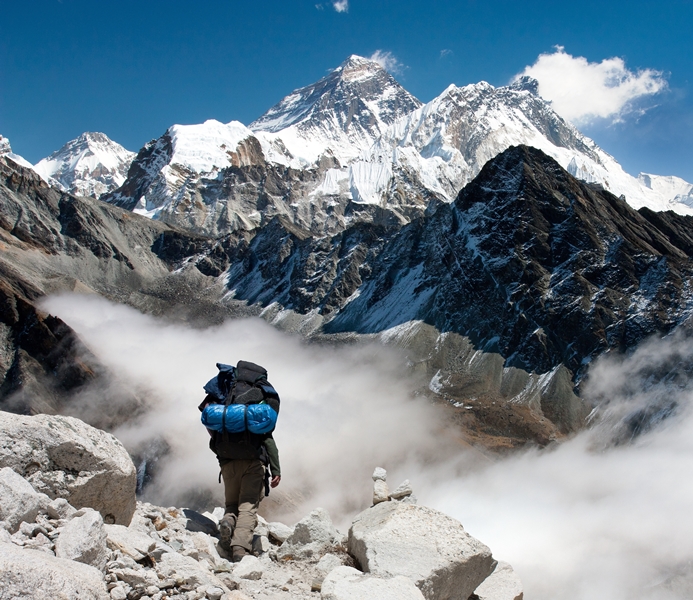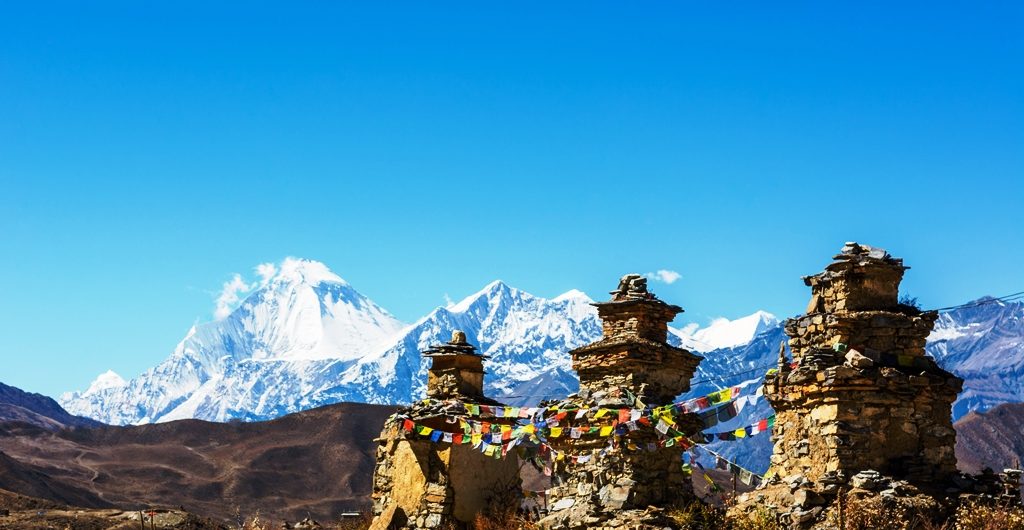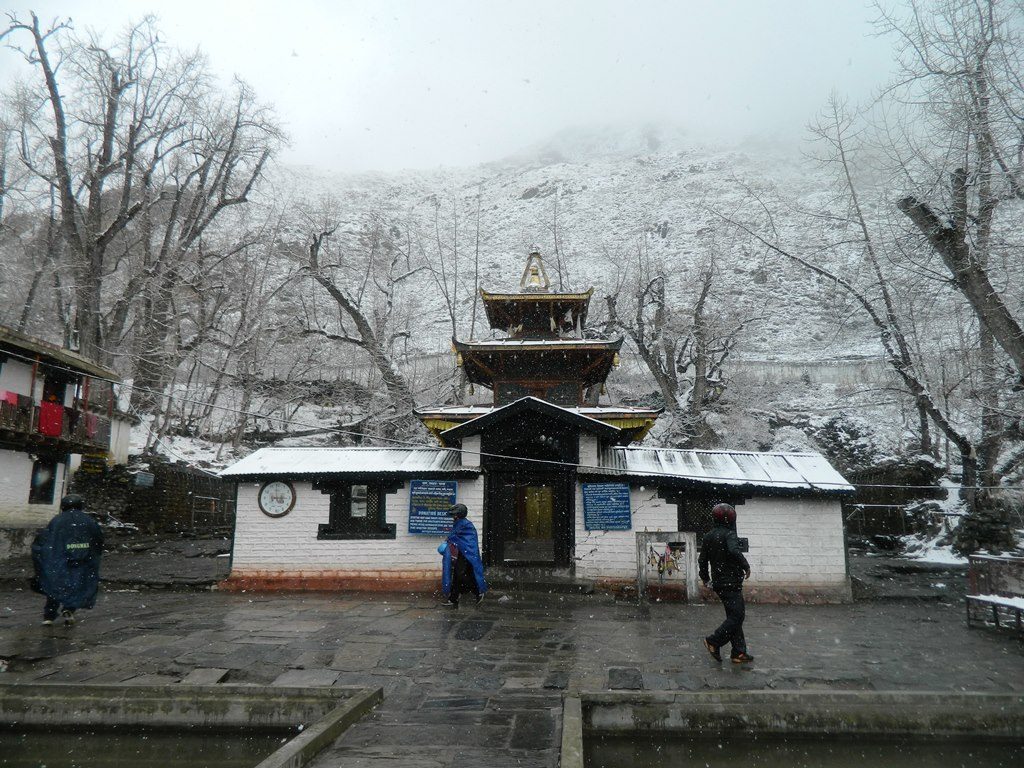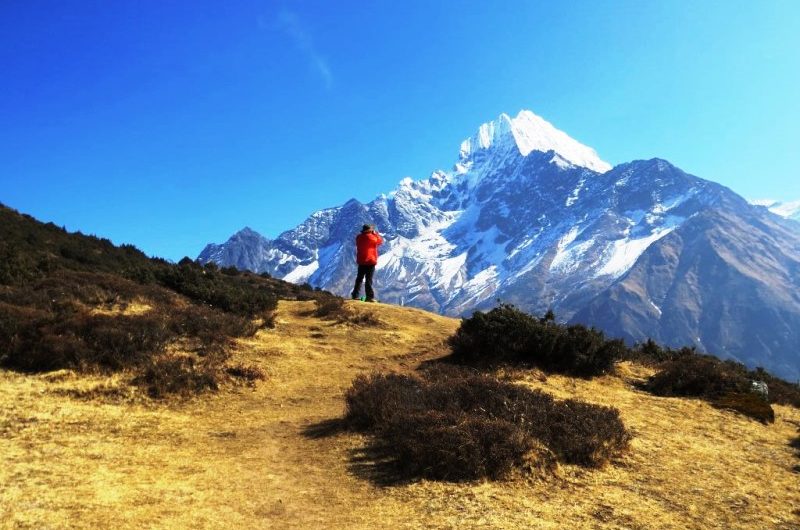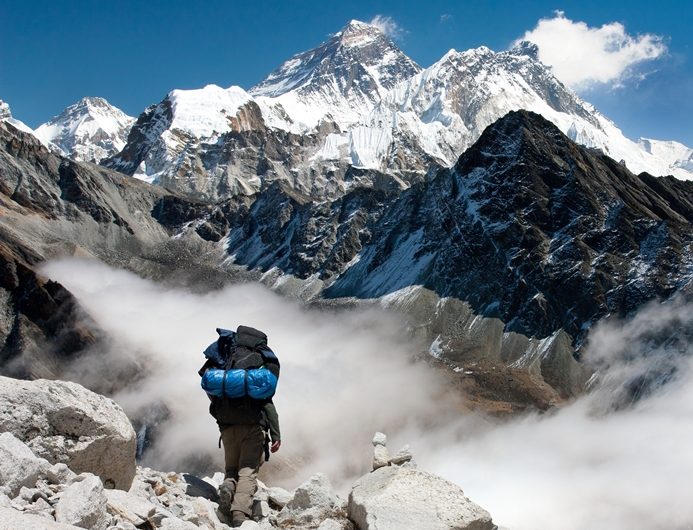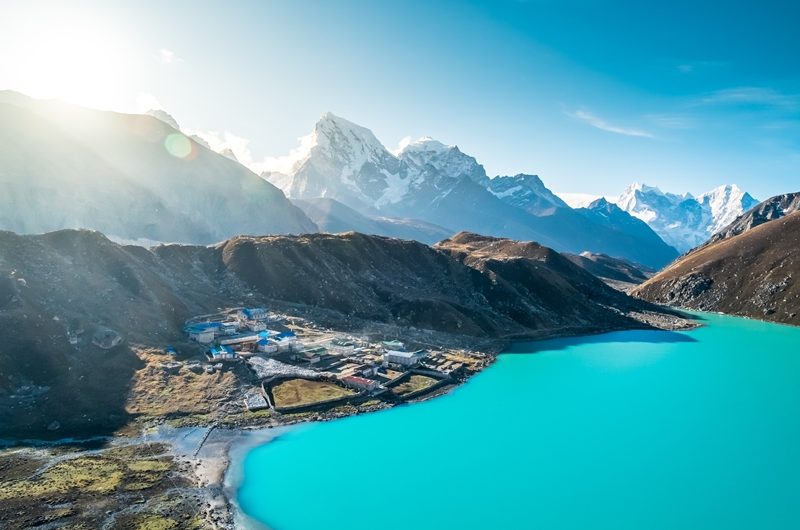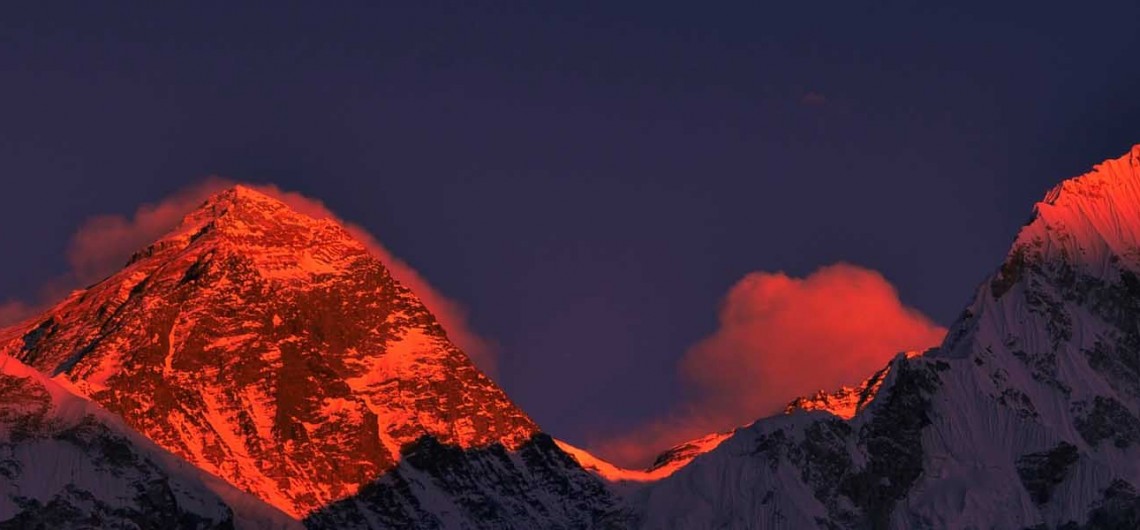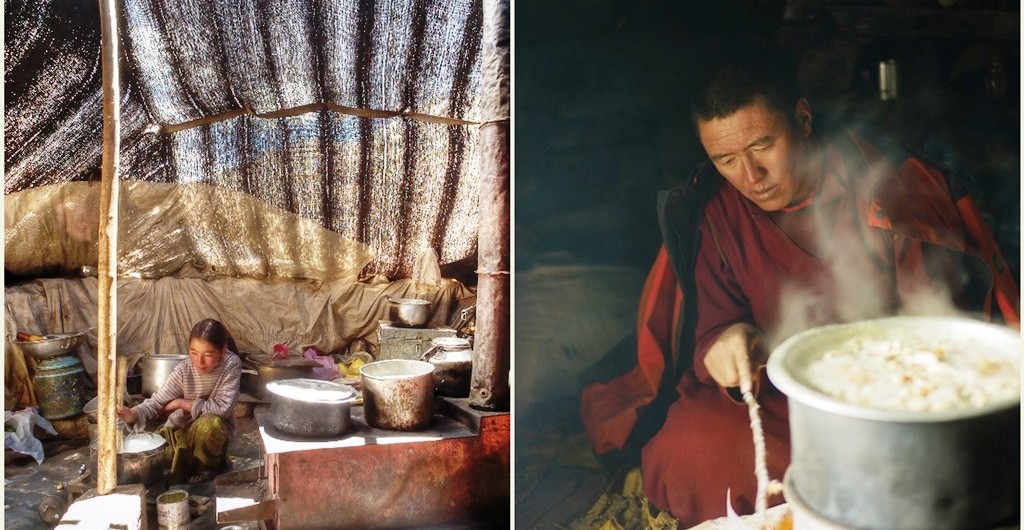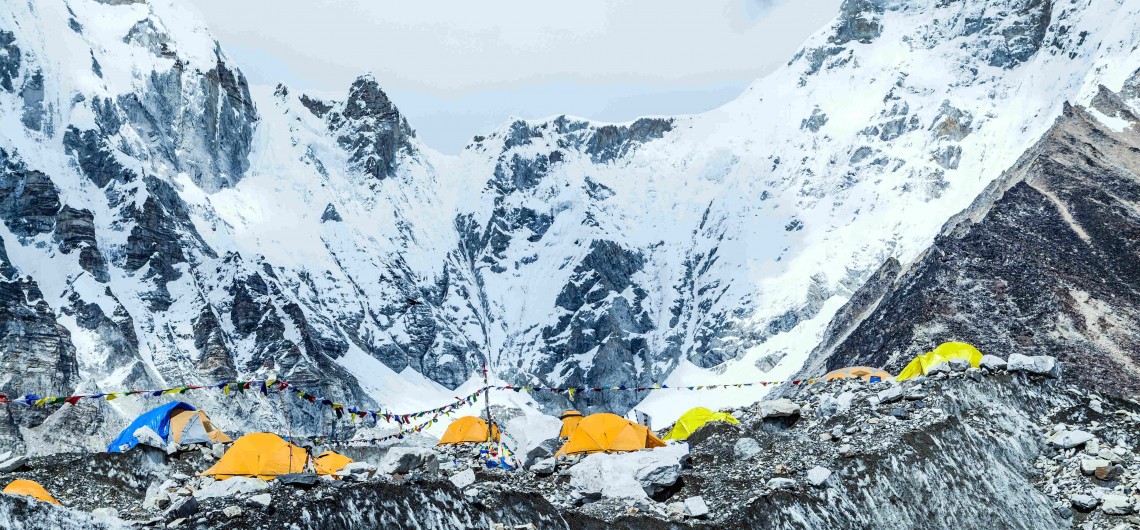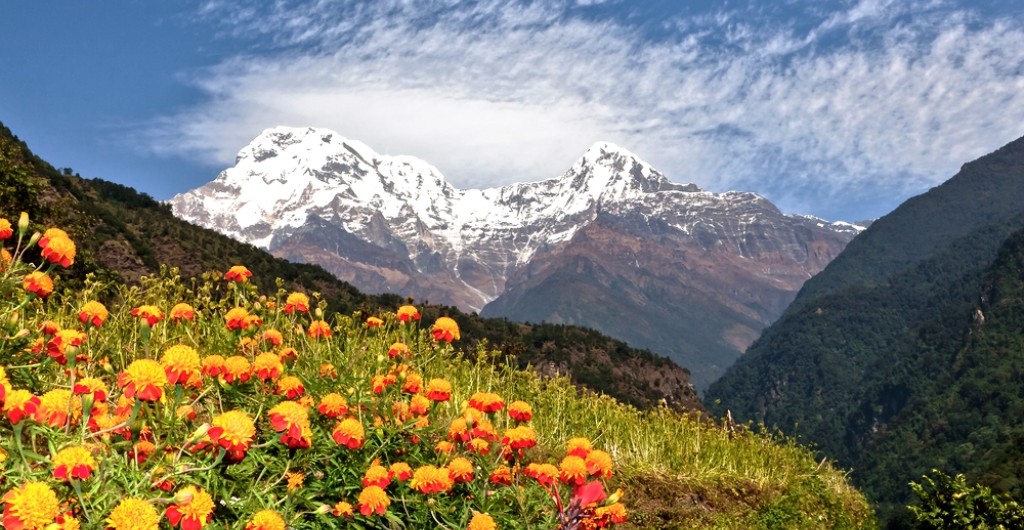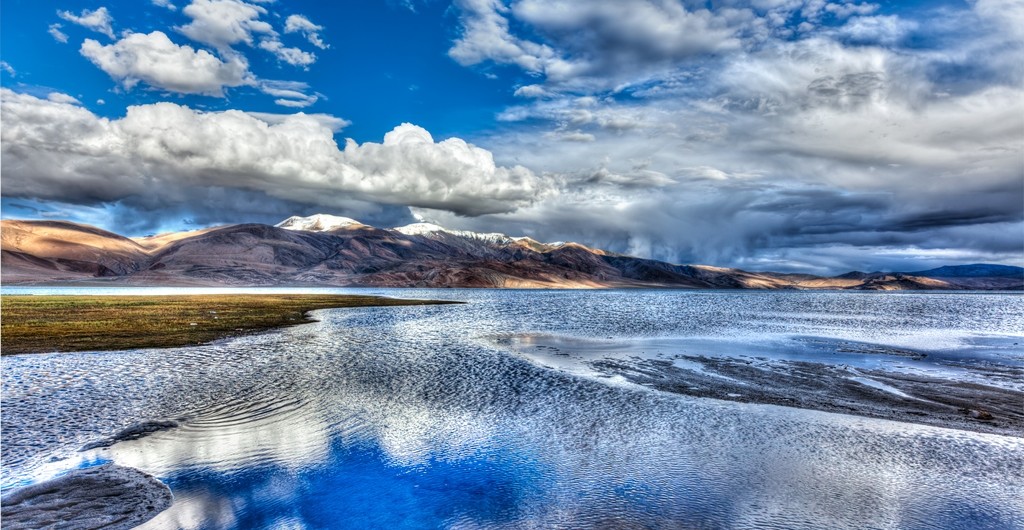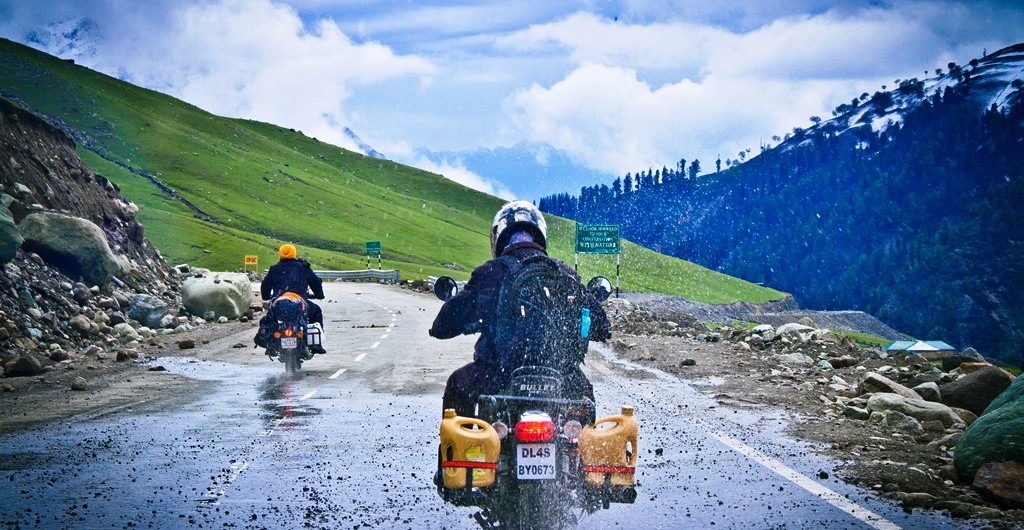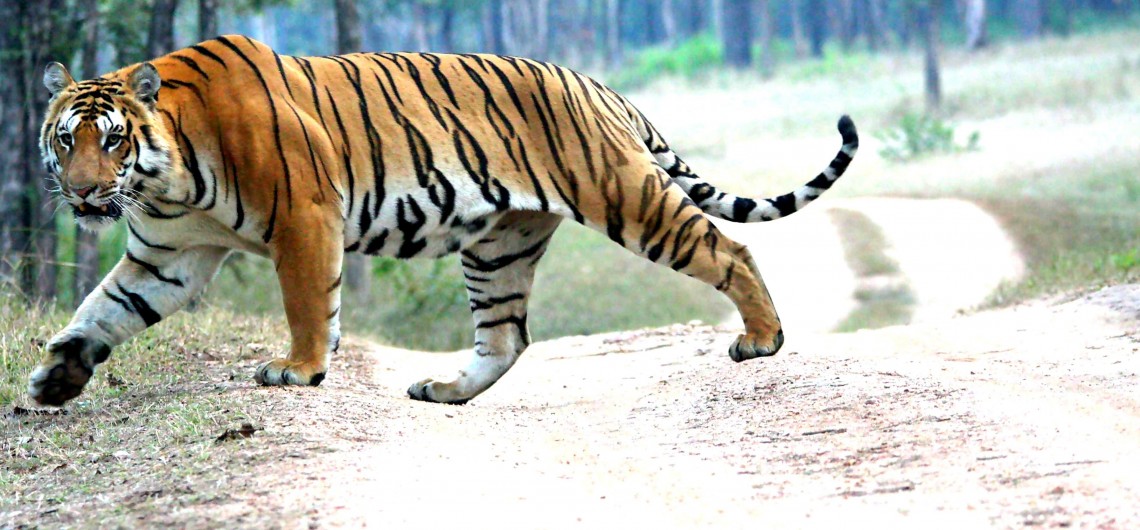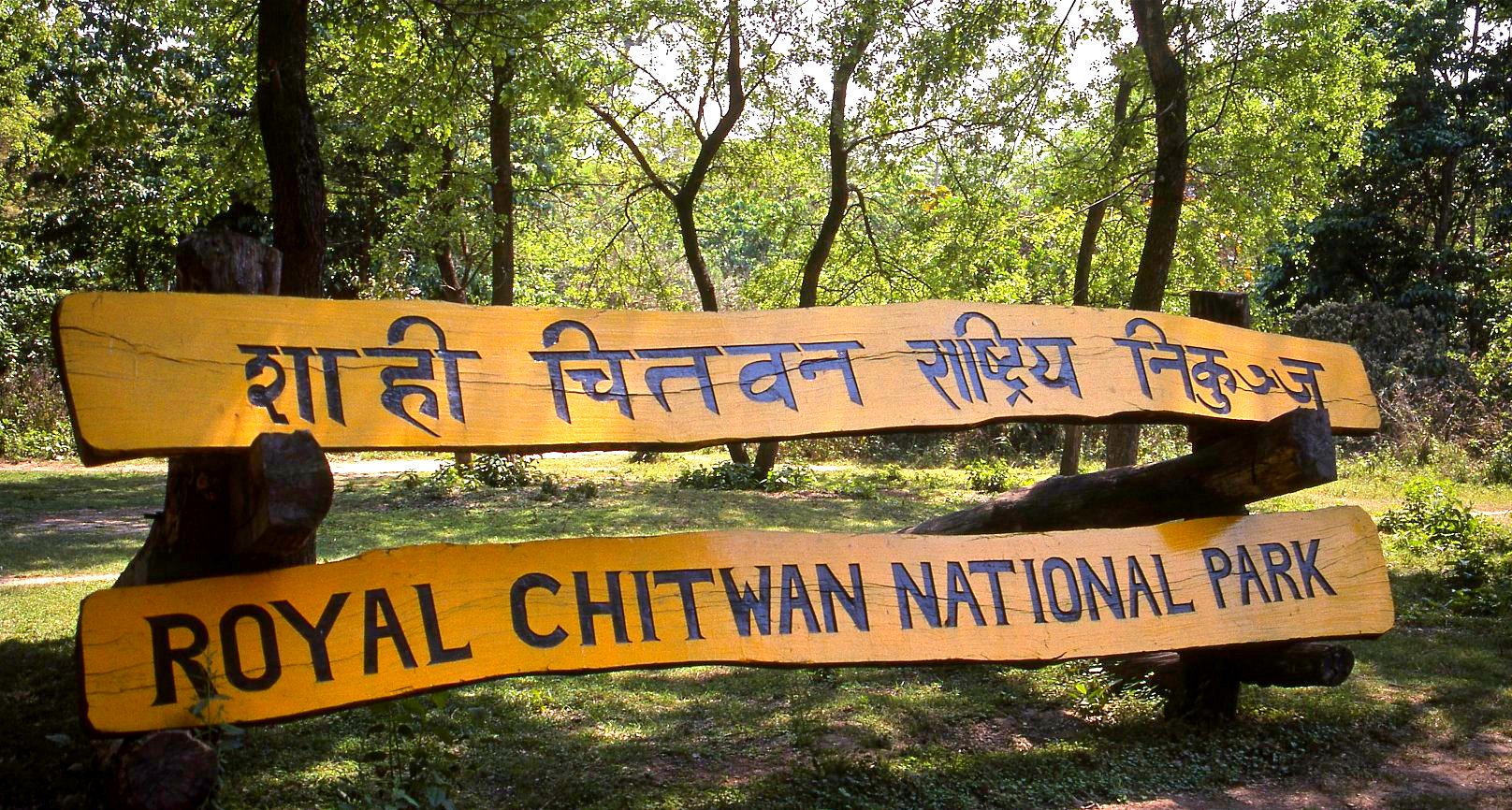Trekking has always been my idea of an escape from the tediousness of daily life as I always feel close to the hills. I believe in not just ticking off destinations from my bucket-list, but also in having phenomenal experiences which will leave memories that last a lifetime. Being a mountain aficionado, Annapurna Base Camp trek promised to be just the kind of adventure I was looking for.
Known for its towering peaks, unspoiled beauty and narrow slopes, Nepal has always been on my mind ever since I started trekking, and I was finally able to travel there this March. It is a very popular trek among trekkers due to its unfathomable beauty that blows you away in amazement. Essentially a moderate tea-house trek that features the Annapurna and Dhaulagiri massif along with panoramic views of Machapuchare, this is one of the most staggering journeys you will ever take.
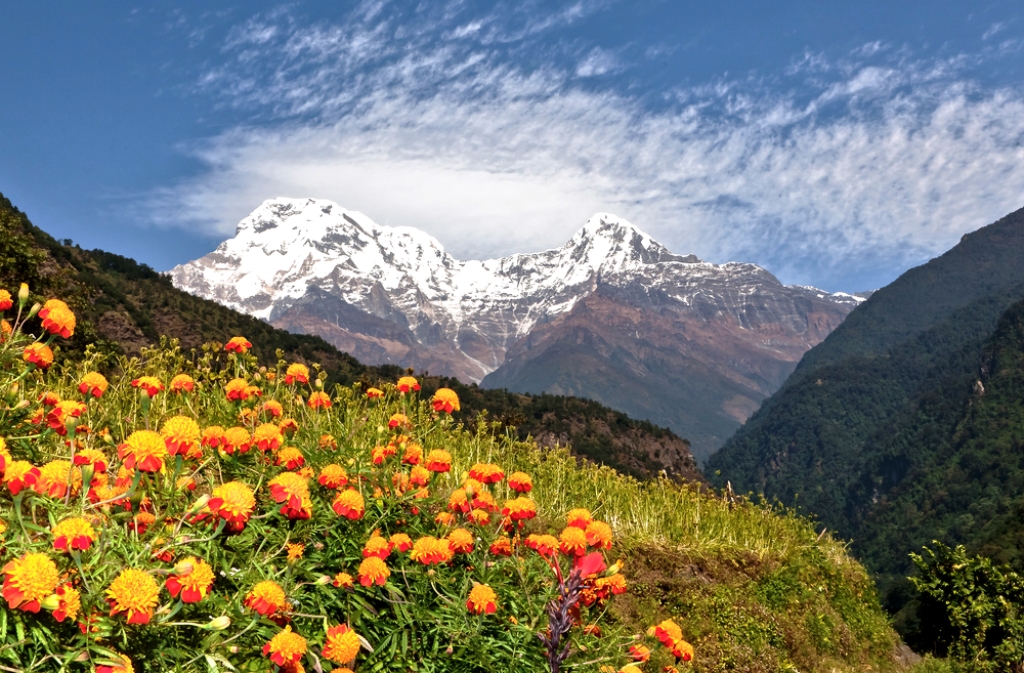
Trek Details:
Maximum Height: 5,415 m
Trek Time: 11 Days
Distance Covered: 34.4 km
Level: Moderate
Start/Finish: Pokhara
Nearest Airport: Pokhara Airport
ATM Point: Lake Side Pokhara
Highlights of Trekking to Annapurna Base Camp
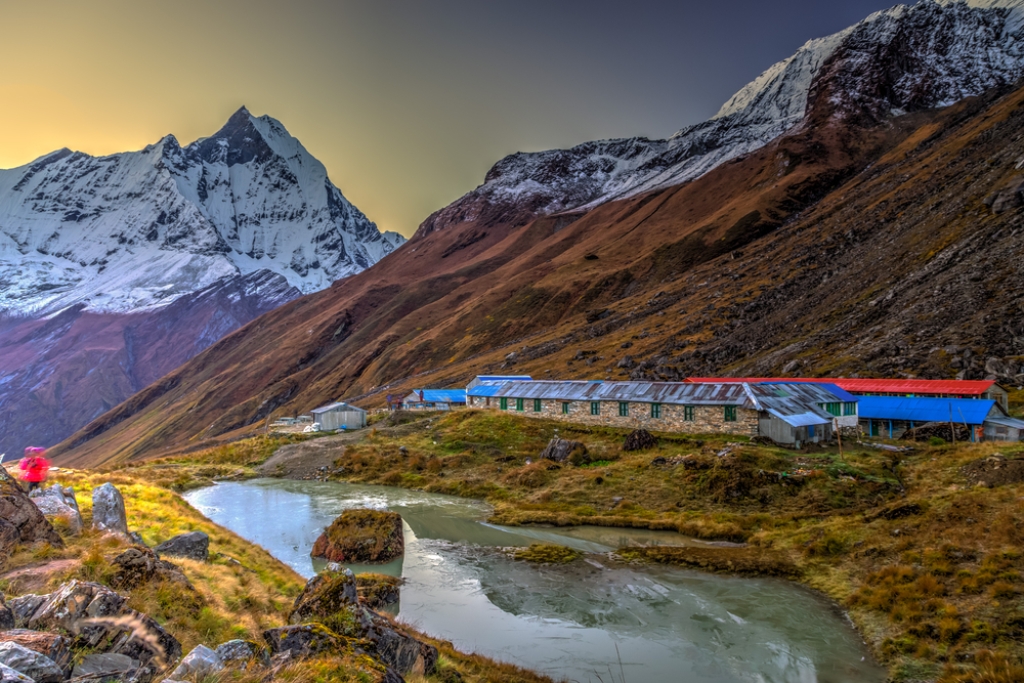
- Nestled at 1,400 m with a spectacular Himalayan backdrop, Pokhara valley serves as the starting and ending point to the Annapurna Base Camp trek.
- As you journey through the hills, you will be fascinated with the lifestyle, culture and hospitality of the Magar, Thakali and Gurung people.
- For resting, you can easily find guest houses and tea points throughout the trek.
- Communicating with the locals won’t be problematic as the residents are quite friendly and are very helpful with tourists.
- Don’t forget to watch the gorgeous sunrise and sunset on each day, as the exquisiteness of the different shades of the sky will take your breath away.
- Experience the wilderness of this unspoiled region and revel in the diversity of flora and fauna species.
- Relax your tired muscles at a hot spring in Jhinu Danda.
My Experience – Annapurna Base Camp Trek
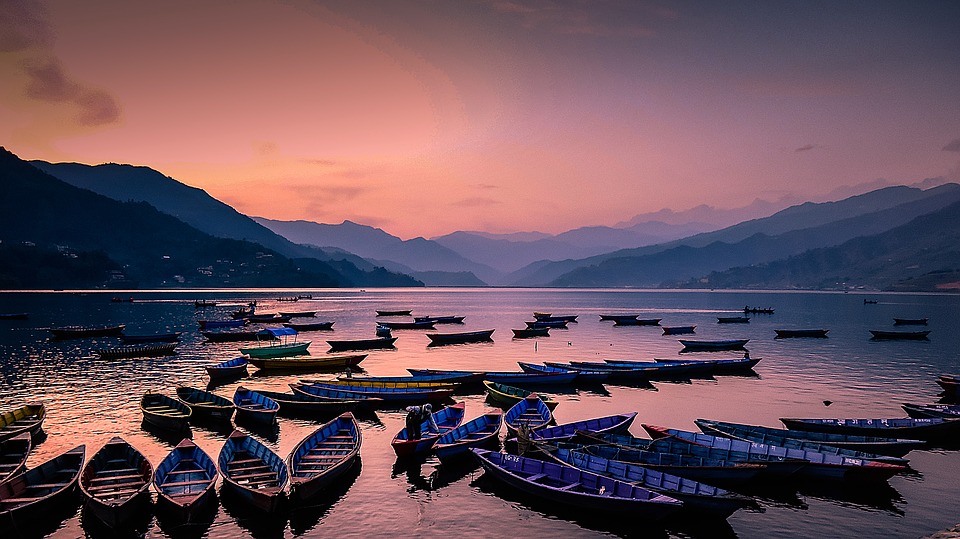
Arriving in Pokhara: I took a flight from Delhi to Kathmandu, and after completing all airport formalities, hailed a taxi to reach my hotel. The next morning, I took a tourist bus to Pokhara , and checked into a hotel as soon as I arrived. After resting for a while, I headed out to the nearby market to explore the city. Settled on a lake, Pokhara boasts of numerous exciting adventures, entertainment zones, various restaurants and buzzing markets. The city is also the starting point of the Annapurna Base Camp.
Permits to trek ABC: In order to trek to Annapurna Base Camp, you need a TIMs card and a permit (ACAP Entry). These are available at Pokhara, located at a short walk from the tourist bus station. Whether you are trekking solo or with the group, you need to have both the permits as you will be required to show it to the authorities at various check-posts during the trek. Keep the permits somewhere safe from rain, don’t get it wet.
Some trekking companies take care of the permits for you to save you the hassle of doing it yourself. This is what I did when I booked my trek.
Best Route that led me to Annapurna Base Camp
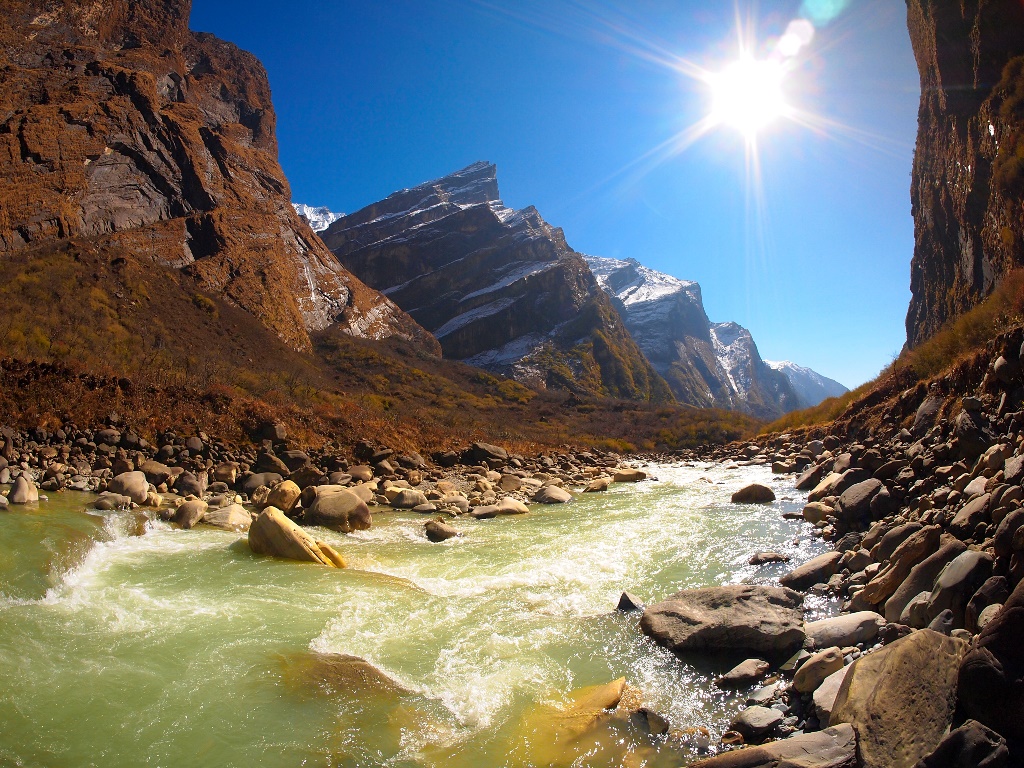
My trekking journey started from Pokhara, from where I took a public transport (bus) to Nayapul. You can also hire a jeep/taxi, but I suggest you to take the public transport as it would be cheap if you are travelling solo. The scenic countryside route adorned with curvy bends and turns from Pokhara to Nayapul would take around 1.5 hours. From Nayapul, I climbed uphill following the Burgundi River upstream for a steady 4-5 hours before reaching Tikhedhunga, which is a small charming village with a number of lodges to spend the night in.
After another early morning, I left the beautiful village of Ghandruk and started to trek to Sinuwa where the mesmerizing sunrise was a kick start to my day. Following the Modi River, I ascend for some time and crossed the bridge over the Kimrong River. Then, climbed a steep trail that took me the staggering village of Gurung people, Chhomrong where the nature excellence left me awestruck with its enchanting beauty.
From Chhomrong, as I walked up and down the hill, I came across a scenic route that led me to the Chomrong Khola River where the encompassed view of bamboo, rhododendron and oak forest will enthral anyone crossing this path, and from there I hiked up to Sinuwa. I stayed overnight at Sinuwa while enjoying the breathtaking view of river and the lush green forests.
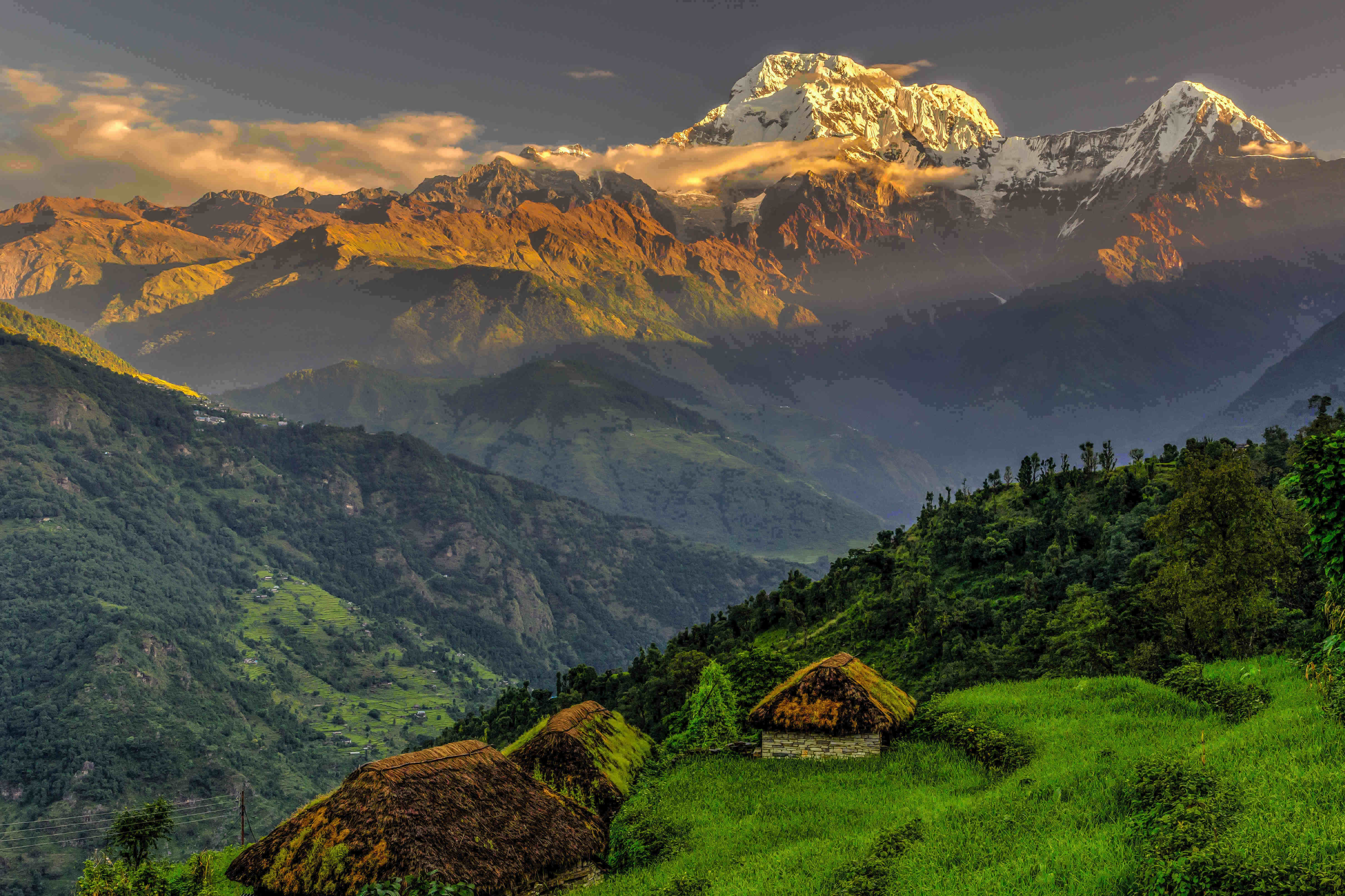
Then in the morning, I travelled through the rich species of flora and fauna on my way to Hinku Cave and then finally to Deurali. From Sinuwa, I trekked till Bamboo passing the Kuldhigar onto the steep staircase to Dobhan and then crossed a suspension bridge. On reaching Sinuwa, I spend the night in a lodge and took rest after a gruelling trek of 6-7 hours.
As the morning unfolded, I continued my journey to Annapurna Base Camp. The route from Deurali to Machapuchare requires you to be tough and cautious as it is known to be the avalanche prone area. On reaching Machapuchare Base Camp, the valley opens up wide and features beautiful snow peaks. Then, after few hours of climb I entered the Annapurna Base Camp and enjoyed the magnificent vista of mighty Mountains. I stayed overnight at the camp and thoroughly cherished my triumph over the highland. Got up in the middle of the night to spectacle the Milky Way galaxy that illuminated the entire sky; I had goosebumps!
After absorbing the beautiful sunrise at Annapurna, I descend
till Bamboo, and followed the same route to Jhindu danda. On reaching Jhindu Danda, I settled my luggage and proceeded to relax in hot springs. Uh! It was so relaxing, it gave my sore muscles a soothing caress. I stayed overnight at Jhindu Danda. In the morning, I descended through the same route and reached Nayapul, from where I took a bus to Pokhara.
Which is the best season to plan your trek to ABC?
Annapurna Base Camp is accessible throughout the year apart from the late winters and monsoon season. Slippery and muddy monsoon trails, and winters trail laden with heavy snowfall makes both the season difficult to trek. The best season to trek this wonderland is during spring (April, May) and autumn (September to November). During this time the climate is not harsh, visibility is clear and the routes are uncomplicated and trouble-free.
Important Information
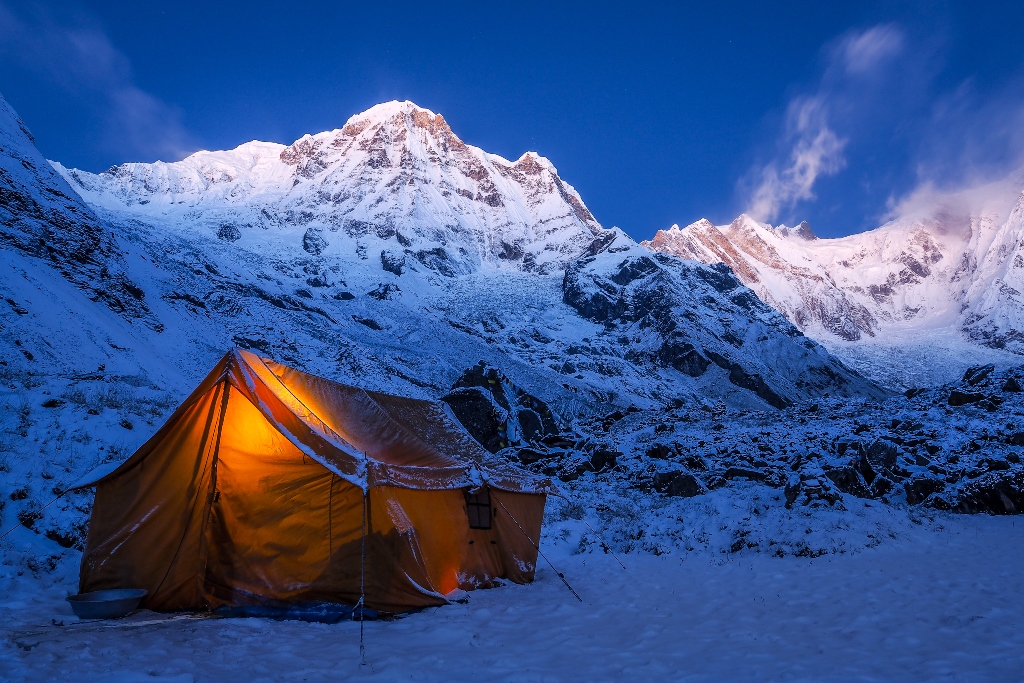
Annapurna trek requires medium-level fitness as you need to hike daily for 6-7 hours. At an altitude of 5,000 m, the oxygen levels will be low, and you might face breathing issues. You need to start exercising a month before your planned trip to increase your stamina. You need to carry medication in case you face AMS (Acute Mountain Sickness). Some must-have items to include on your trek are:
Trekking shoes
Trekking pole
Warm clothes and an extra pair of woolen socks
LED flashlight or headlamp with extra batteries
Sunscreen lotion, sunglasses, lip balm and mosquito repellent
Water bottles, energy drinks and bars
Emergency medical kit
“Trekking to the Himalayas of Nepal is an experience to be treasured. The picturesque valleys, startling rivers and towering peaks embellished with fluttering Himalayan flags everywhere, is definitely a treat to any traveller’s eyes. To sum up, a trek with nature in Nepal will give you far more happiness and peace than you will ever seek.”

